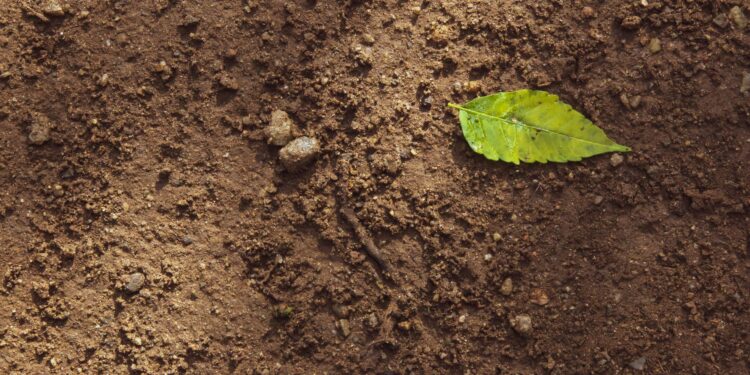Credit: Unsplash/CC0 Public Domain
In 2017, the Minamata Convention on Mercury entered into force. It aims to reduce mercury emissions and limit exposure to the substance worldwide. However, a new study of mercury levels in soil suggests that the treaty’s provisions may not be enough. A study published in Environmental science and technology estimates that soil stores much more mercury than previously thought, and predicts that increased plant growth due to climate change could add even more.
Mercury is a persistent environmental pollutant that travels through air, water, and soil and accumulates in plants and animals. Soil is the primary reservoir of mercury, storing three times the amount found in the oceans and 150 times the amount found in the atmosphere. Typically, the heavy metal moves naturally through these reservoirs, but humans have altered this cycle. Human-caused climate change is increasing carbon dioxide levels, promoting vegetation growth and most likely depositing more mercury in the soil as the vegetation decomposes.
Previous studies of soil mercury levels have focused mainly on small, regional scales. But Xuejun Wang, Maodian Liu and their colleagues wanted to develop a more accurate global model of soil mercury levels that could account for the effects of continued global warming.
The team began by compiling nearly 19,000 previously published soil mercury measurements, producing one of the largest databases of its kind. The dataset was fed into a machine learning algorithm to estimate the global distribution of mercury in topsoil and subsoil. They found that the total amount of mercury stored in the top 40 inches (about 1 meter) of soil is about 4.7 million tons. That’s double what some previous estimates had concluded, though some of those studies considered shallower soil depths.
The team’s model identified the highest levels of mercury in areas with high vegetation density, such as low latitudes in the tropics, but also in permafrost and areas with high human density. Conversely, bare land, such as shrublands or grasslands, had relatively low levels of mercury in the soil.
To understand how global warming might affect soil mercury levels, the researchers combined their initial model with datasets of environmental factors representing future climate scenarios. Their model predicts that as temperatures rise across the globe, vegetation growth will also be favored, which in turn could increase soil mercury levels. This symbiotic effect would outweigh the reduction efforts proposed by current global control programs, such as those under the Minamata Convention.
Although further research and observations are needed, the researchers say this work highlights the need for stricter, long-term and simultaneous control of mercury and carbon dioxide emissions.
More information:
Greening of vegetation induced by global warming could worsen mercury levels in soils globally, Environmental science and technology (2024). DOI: 10.1021/acs.est.4c01923
Provided by the American Chemical Society
Quote:Rising Mercury Pollution in Soils May Be Linked to Climate Change, Study Finds (2024, August 14) retrieved August 14, 2024 from
This document is subject to copyright. Apart from any fair dealing for the purpose of private study or research, no part may be reproduced without written permission. The content is provided for informational purposes only.



